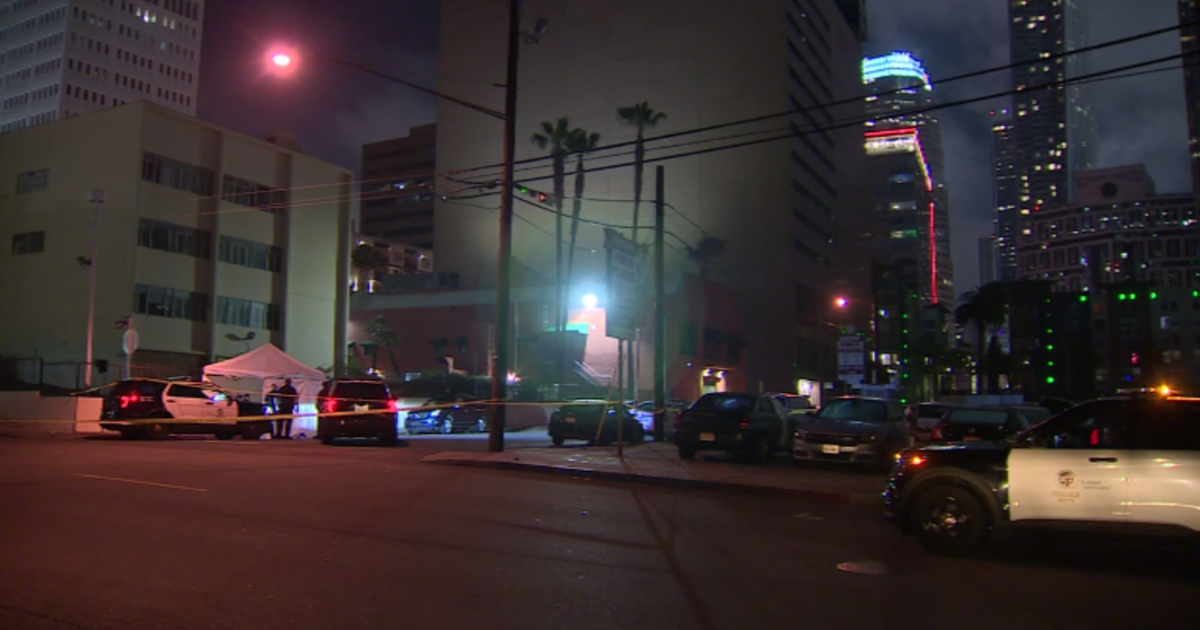USC Study Reveals Where Los Angeles' Traffic Is Worst — And When
LOS ANGELES (CBSLA) — Los Angeles is known for its traffic. Now for the first time, commuters can find out where it's the worst and when.
Ugur Demiryurek is a computer science professor and associate director at the USC's Viterbi School of Engineering's Integrated Media Systems Center. He analyzed the data collected over the years with his students.
The most shocking finding? "The number of accidents happening on 405 was more than 110, and 110 serves more cars than 405," Demiryurek explained.
He teamed up with USC Annenberg School of Journalism Professor Gabe Kahn to build Crosstown Traffic, a platform of what he called the most comprehensive database on L.A. traffic. It provides new insights on congestion, road accidents and public transportation from 2012-2016.
"Traffic is the one issue that impacts every person in Los Angeles no matter where they live, and there's so much that we can learn about the city if we just analyze this data," Kahn explained.
They did just that and found traffic has indeed gotten worse over the years. The most dangerous time to be on the road? Friday during the evening commute between 5 p.m. and 7 p.m.
"No matter which hour of the week we're talking about, accidents in Los Angeles County are rising at twice the national rate," Kahn said.
The study also maps out hotspots where accidents happen the most. The stretch where the SR-57 and SR-60 meet is considered the most dangerous piece of freeway in California.
"On-ramps, off-ramps and then freeways interchanges are the sort of black hole of both traffic and accidents in Los Angles," the professor added.
The data showed traffic is slowest during the morning commute on the northbound I-110 to the I-10 and during the evening commute on the eastbound I-10 to I-405.
Kahn said the only way traffic will get better is if people get off the road. Until then, "we just want to make sure that the public actually understands the specifics about how much traffic is deteriorated, how much more dangerous the roadways are."
The findings were gathered from 17,000 street sensors on the main arteries and freeways across Los Angeles County and from transmitters on 2,000 buses.



